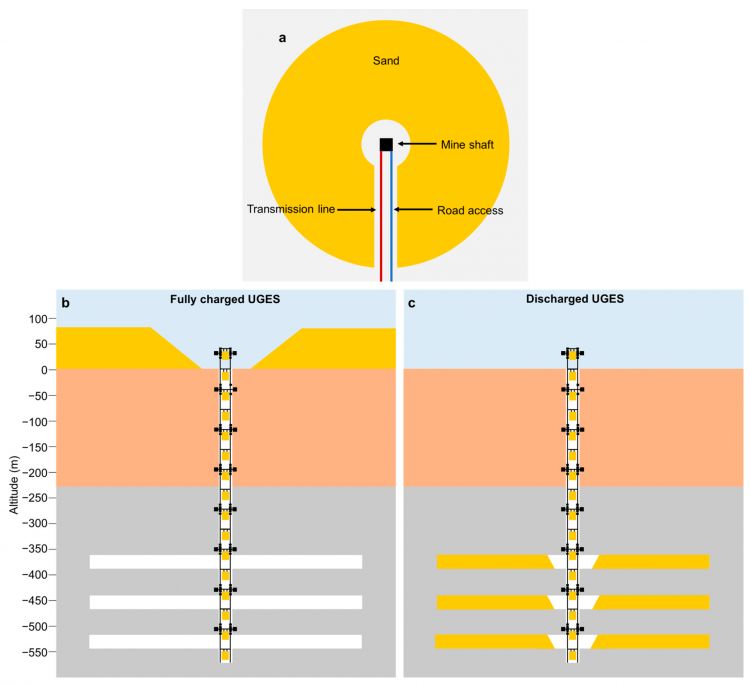The energy transition faces many challenges. One of the most commented, without a doubt, is the seasonality and intermittency of the production of renewables. We agree that the objective happens because the energy we consume comes totally, or to a large extent, from renewable sources. But wind power depends on the wind and solar power on the time of day and, of course, solar radiation.
On the other hand, another energy that is also being talked about at length, nuclear energy, is characterized by constant production, which implies that energy production will be stable, regardless of whether there is a high demand or a low demand. In the net.
The energy transition process requires energy storage solutions. “Traditional” batteries, such as those used in our mobile phones or electric cars, are expensive and, to date, unfeasible for a massive accumulation of energy. But why are other energy storage solutions such as gravity batteries gaining momentum?
Gravity batteries to accumulate energy
A gravity battery is, in essence, a system that accumulates potential energy. Let’s imagine a well, with a pulley, and an electric motor that uses energy to raise a certain mass (accumulates energy) overcoming the force of gravity, and when releasing that mass it recovers it by means of an alternator (delivers energy) thanks to the force of the gravity.
In a way, the essence of gravity batteries is comparable to the use of reversible hydroelectric plants such as gigabatteries, with a waterfall in which electricity is produced, but water can also be pumped to the upper dam taking advantage of surplus electricity production. .
These days a study was published in the Multidisciplinary Digital Publishing Institute in which the benefits of gravity batteries were highlighted and, above all, their viability as an economical and long-term energy storage system. The essence of the proposed gravity batteries would be that of a well of hundreds of meters, with a motor and alternator system, and a mass that rises, or descends to the bottom of the well, to accumulate or produce electrical energy.
MDPI: Underground Gravity Energy Storage: A Solution for Long-Term Energy Storage
These types of batteries require a considerable infrastructure, with the cost that it implies, and also a favorable orography. But the study highlights above all how this could be a solution to take advantage of old mining operations. And not only that. Too It could be a very profitable alternative to provide a way out for the jobs lost with the disappearance of these mining operations in their conversion process.for example, by transforming old coal farms into gravity batteries (habitat).


